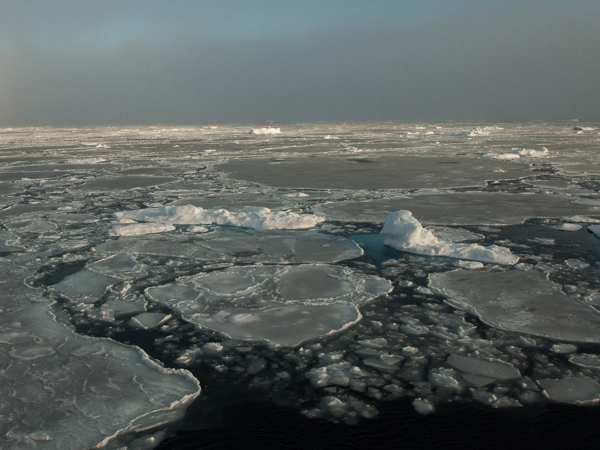The Arctic is rapidly losing sea ice, even during winter months when temperatures are below freezing and ice should be recovering from the summer melt. A new study found powerful storms called atmospheric rivers are increasingly reaching the Arctic in winter, slowing sea ice recovery and accounting for a third of all winter sea ice decline, according to a team led by Penn State scientists.
“Arctic sea ice decline is among the most obvious evidence of global warming from the past several decades,” said Pengfei Zhang, assistant research professor of meteorology and atmospheric science at Penn State and lead author of the study. “Despite temperatures in the Arctic being well below freezing, sea ice decline in winter is still very significant. And our research shows atmospheric rivers are one factor in understanding why.”
Atmospheric rivers carry large amounts of water vapor in narrow, ribbon-like storm systems that can stretch for a thousand miles and produce extreme rainfall and flooding when they make landfall. These storms regularly impact midlatitude coastal regions like California, where atmospheric river events in January, for example, dropped 11 inches of rain.
Read more at: Penn State
Small remnants of thicker, multiyear ice float with thinner, seasonal ice in the Beaufort Sea on Sept. 30, 2016. (Photo Credit: NASA/Alek Petty)


